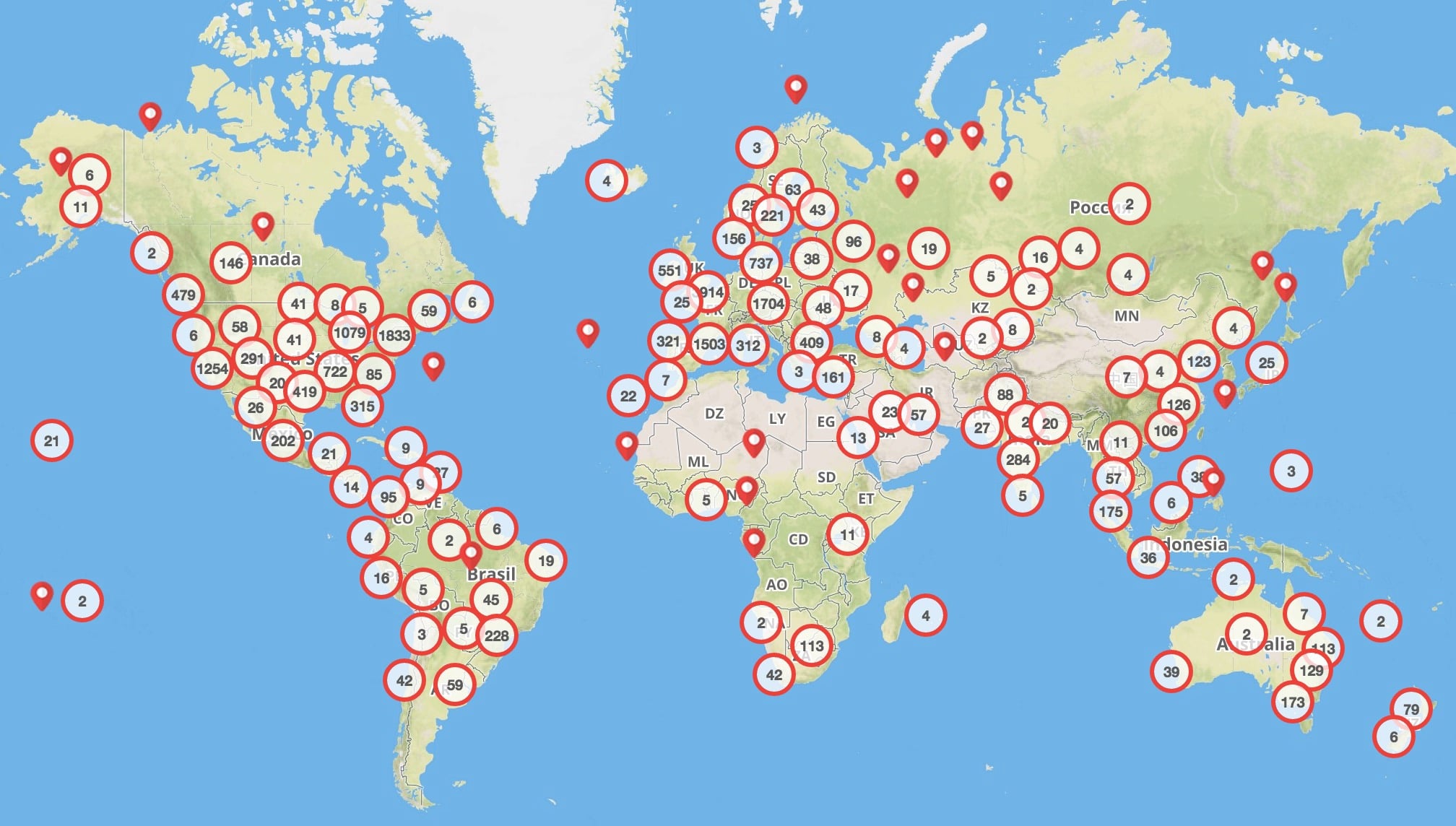
Community network 3D Hubs has once again released their monthly report, but I realized something very interesting when reviewing it.
3D Hubs operates a gigantic, distributed network of community 3D printers for hire. The size of their network and the activity taking place over it permits 3D Hubs to develop analyses of current 3D printing trends in a way not easily done by others.
The June 2016 report’s contents are similar to those of prior months as trends seem to continue:
- The top-rated 3D printers, both desktop and industrial, remain top-rated
- Low-rated machines have long since dropped off the list
- A few new machines have burbled to the top of the trending list as people rush to activate them
- The Prusa, Ultimaker and Replicator continue to be the most-used machines
- Black and white are still by far the most popular print colors
And then there’s this: The number of 3D Hubs participants in all cities has increased again.
In fact, 3D Hubs has hit a participation milestone: 30,000 printers. Their report actually indicates 30,542 3D printers in their network.
I realized something interesting that goes along with my speculation that 3D Hubs is gradually turning into a large-scale commercial 3D print service like Shapeways, Sculpteo, i.Materialise and others.
These other services use (largely) in-house 3D printers or contracted 3D printers from someone else’s in-house operation.
But how many 3D printers do they use? It turns out, not very many. Dozens in some cases, perhaps a hundred or so in others. These are typically high-power industrial units that are kept running as close to 24 hours a day as possible.
If 3D Hubs truly wants to compete with the “big guys”, they have a decidedly huge advantage: they have literally 100X as many machines!
Sure, they are machines of differing qualities, and perhaps many of them don’t print as fast or as good quality as some of the industrial machines, but still, for certain types of prints, they are very appropriate.
Consider this: over time, the quality of desktop machines of the type participating in 3D Hubs will gradually increase in quality and capability. As these machines flip to better equipment, 3D Hubs’ network will correspondingly grown in capability.
I suspect that within a few years we may find 3D Hubs is a very serious competitor to almost any other 3D print service.
Via 3D Hubs

